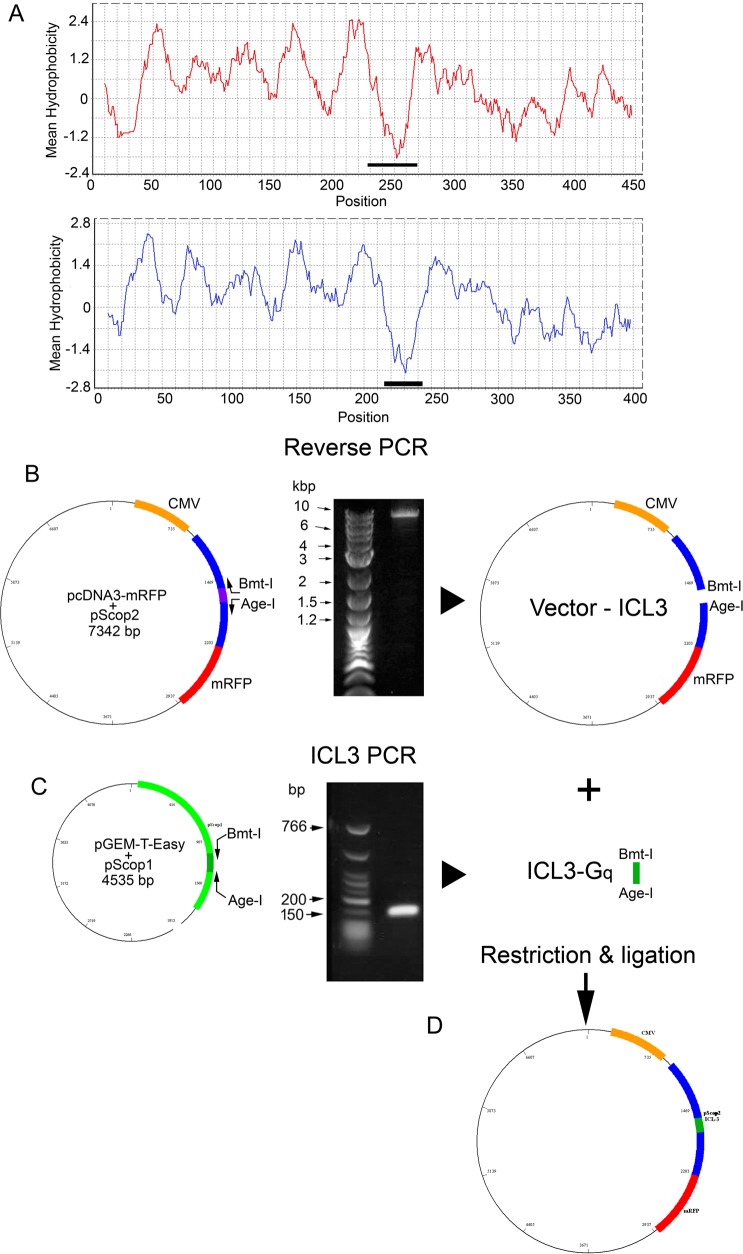Fig 5. Construction of an expression plasmid containing a modified version of pScop2.
(A) Hydropathicity profiles of the predicted aminoacid sequences of the Gq-coupled opsin of microvillar photoreceptors (pScop1, top), and that of the Go-coupled opsin of ciliary photoreceptors (pSco2; bottom). The horizontal black bars mark their respective third intracellular loops (ICL3). (B) Elimination of ICL3 from the bi-cystronic vector encoding pScop2 and mRFP. This was accomplished by a reverse PCR in which the outward-facing primers (arrows) also introduced two unique restriction sites (Bmt-I and Age-I) to the ends of the amplicon (left). A gel demonstrating a band of the expected size (middle), and a representation of the ICL3-less product (right) are also shown. (C) Amplification by conventional PCR of the Gq-specific ICL3 using as template another plasmid that contained the sequence of pScop1. The same unique restriction sites were incorporated by the primers. (D) Ligation of the two products, generating a plasmid encoding the chimeric construct.

